Building unique and unrepeatable. stands, completely insulated, approximately two kilometres North-East from Montechiaro d'Asti on the slopes of the green hill called “Bric San Nazario. Strikes from afar visitors to the high campanile chromatic effect and given by alternating bands of sandstone and brick; constitutes an important testimony of the architecture romanica which developed in the 12th century in Monferrato Asti.
The Foundation of the Church dates back to 1130 about on a previous settlement, named Mairano, placed before the year 1000.
In the 1847-49, When the church threatened to crumble, restoration works were started with the removal and partial reconstruction of the Church; only the original façade remained, the Church was disassembled by numbering all its stones and its decorations and then rebuilt as in the original.
The Church bears witness to the flowering period of the Romanesque in the Monferrato area around Asti; recalls stylistically, for the bichromatic reading the walls and for the refinement of the carved decorations, the pieve di San Lorenzo in Montiglio Monferrato and the Church of San Secondo in Cortazzone.
The Church has a gabled façade is marked by alternating horizontal bands of sandstone and clay tiles, with Lombard bands crowning achievement for, simple side areas, Double woven in the central area, that rely on brackets decorated and are surmounted by a carved frame with acanthus leaves running under roof flaps.

The Interior of the Church has undergone several restorations and has no particular artistic interest; in the apsidal area there is a fragment of a fresco dating from the 15th century: It recognizes a Saint Catherine of Alexandria).
The Bell Tower, about 20 meters, is a four floors: is made of sandstone ashlars, from the first floor alternating with thin bands of bricks. Seen from the West side it is on the second floor a narrow Lancet window and, higher, a band with a checkered pattern obtained with white stone and red brick. Above this there is a belt stringcourse formats from small arches intertwined (Alternatively stone and bricks) topped with a Ribbon with a “saw-toothed”. On the third floor there is a double Lancet window with a central brick pillar surmounted, by a ring nut that connects at the top the two bows and encloses an area decorated with a mosaic pattern again. The string courses, between the third and fourth floor, is similar to the previous. Less elegant than the one below is the double Lancet window placed on the fourth floor, simple arches topped by another tape with saw-tooth patterns.
Curiosity (verified regularly in the behavior of the now over 8.000 visitors): the people leaving the Church turn left towards the side of life or go straight towards the Sun; almost never turn right towards North, the hand of death: try you too!
Info
The high ground is reachable only on foot




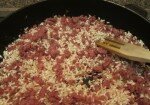
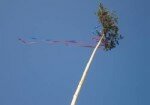
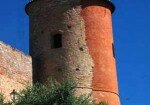
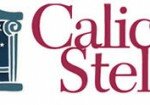
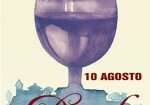
 Do you want to highlight your event or business?
Do you want to highlight your event or business? Alessandra Scotti Web Design Art Director, graphicsdesign, webdesigner
Alessandra Scotti Web Design Art Director, graphicsdesign, webdesigner B&B La Rana e La Salamandra House for rent and Bed & Breakfast in Loazzolo
B&B La Rana e La Salamandra House for rent and Bed & Breakfast in Loazzolo Educational Farm ArteMiele Genuine products and educational workshops to discover bees and silkworms
Educational Farm ArteMiele Genuine products and educational workshops to discover bees and silkworms